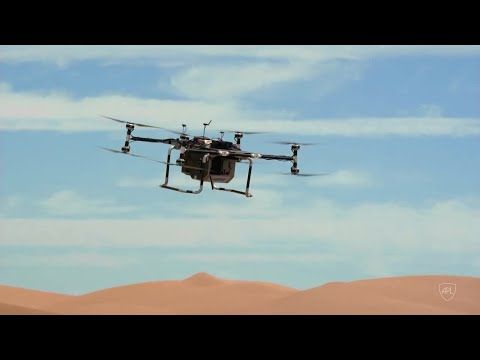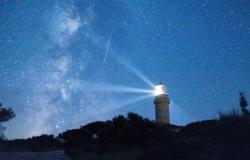It was 2019 when for the first time NASA, the American space agency, announced the project for the mission Dragonfly, whose purpose was to send an aircraft to discover Titan, Saturn’s largest moon, to look for any signs of life. A few years later, the agency finally received the green light for the mission; Let’s see some details together.
NASA’s Dragonfly mission will launch in 2028 to discover Titan
Yesterday NASA announced that it had obtained the green light for a mission that has been planned since 2019 and which plans to send a flying lander, similar to a drone, to explore the largest of Saturn’s 146 moons: Titan. The mission is called Dragonfly, from which the protagonist, a rotary-wing aircraft the size of a rover and equipped with eight rotorswhich will be used to search for “prebiotic chemical processes common on both Titan and early Earth before life developed“.
Nicky Fox, associate administrator of the Science Mission Directorate, clearly expresses the importance and attractiveness of the mission:
Dragonfly is a spectacular science mission with broad community interest, and we are excited to take the next steps on this mission. Titan exploration will push the boundaries of what we can do with rotorcraft outside of Earth.
According to current plans, the mission should leave in July 2028 to reach Titan in 2024, so that Dragonfly can begin to carry out its task in search of potential traces of life (the moon in question is in fact rich in organic substances). The mission should have a duration of 32 months (although we have already seen that these times can be lengthened or shortened based on various cases), during which the aircraft should cover over 108 miles (just over 170 km) or almost double the distance traveled so far by all Mars rovers combined.
Since the initial announcement NASA has had to reschedule the project several times due to funding constraints, the cost of the mission has almost doubled compared to initial plans; at present Dragonfly will have a total life cycle cost of 3.35 billion dollars.
Below we leave you a short video from about a year ago, where you can see a prototype of the Dragonfly drone in action which, most likely, will undergo a whole series of changes before the final version.

It is hoped that the mission will not suffer further delays and that everything will be ready for the launch in July 2028, Dragonfly will certainly be able to increase our understanding of various scientific issues, giving us the opportunity to better understand what happened on our planet in remote times.
You might also be interested in:
Tags: NASA Dragonfly green light explore Saturns largest moon







